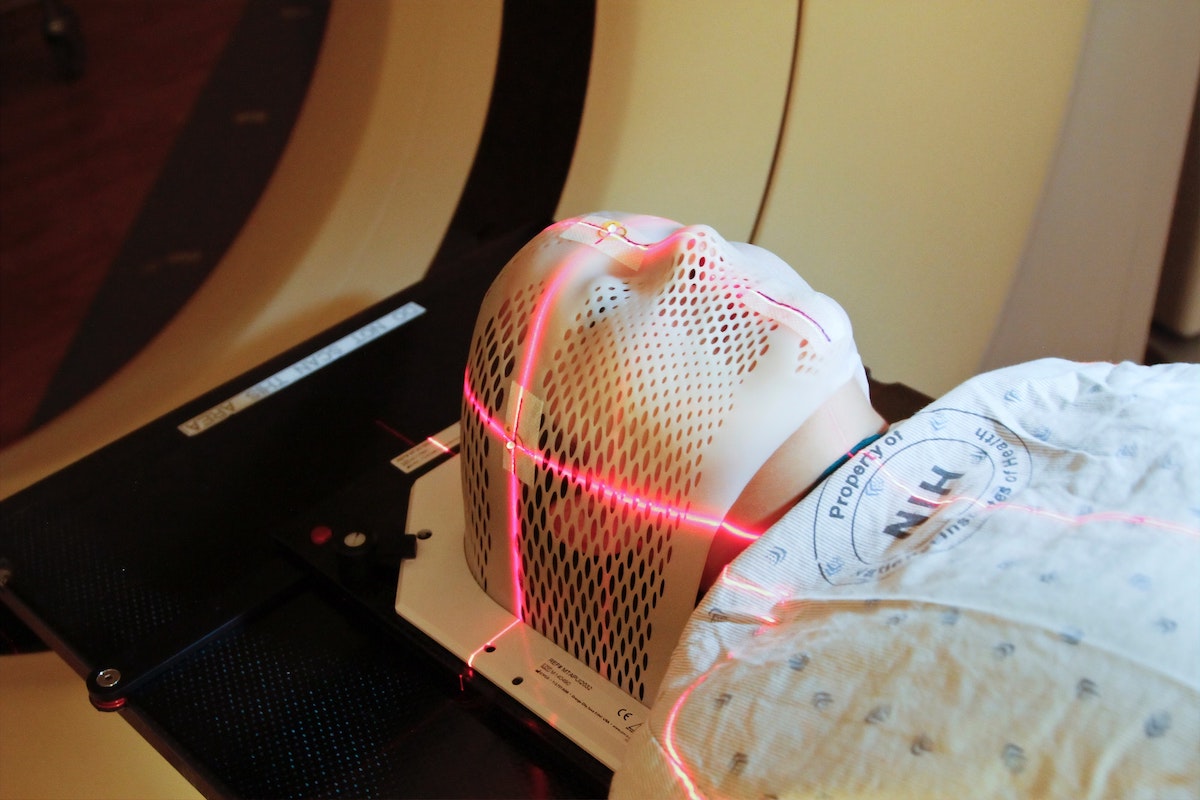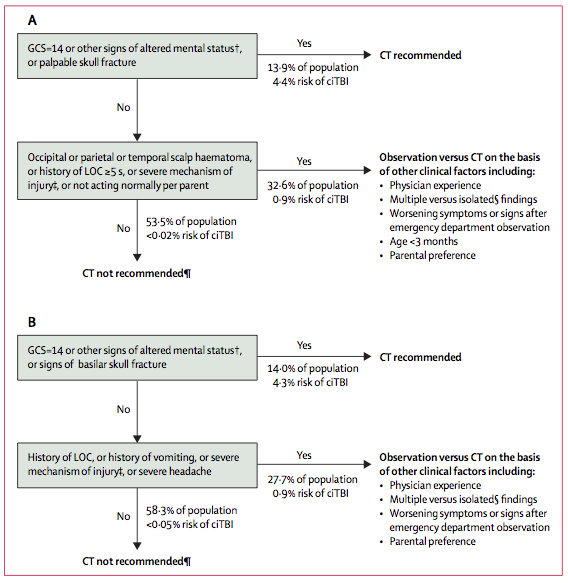Screening Procedure for Pediatric Head Trauma
Efficiently triaging patients with Optimal Classification Trees

Detecting traumatic brain injury
CT scans provide a precise diagnosis of whether intervention is required, but are costly, can require sedation, and result in exposure to radiation (which has heightened risk of adverse effects for children).
Fewer than 1% of patients require intervention, motivating a screening procedure that recommends which patients should receive CT scans. The goal is to minimize the number of needless scans without missing any case that requires intervention.
The PECARN rules are a widely-used screening procedure based on CART models. They have a very low false-negative rate, but require CT scans for up to 45% of all patients.

PECARN rules for screening pediatric head trauma
Effective screening with Optimal Trees
-
Improved precision
Only requires CT scans for 30% of patients while maintaining the same low false-negative rate.
-
Clinically validated and trusted
The transparency and interpretability of the tree models enabled physicians to inspect the decision logic.
-
Accessible and intuitive
Delivered as a simple interactive calculator, enabling easy access to the improved model.
"The potential to revolutionize clinical decision making"
The editorial published alongside the article commended the transparency of the model, emphasizing that "it may be difficult for clinicians to counsel patients about the implications of a rule that is perceived as a black box or ghost in the machine".

Unique Advantage
Why is the Interpretable AI solution unique?
-
Power of Optimal Trees
33% reduction in needless CT scans, resulting in lower costs and fewer children subjected to radiation
-
Trusted and validated
Interpretability enabled efficient collaboration with domain experts, resulting in an extensively validated model that has earned trust
-
End-user familiarity
The existing rules are also tree-based, so the new model can be rolled out with little learning curve
-
Ease of access
The simplicity of the tree logic enables delivery as a calculator that runs entirely on the end-user device

